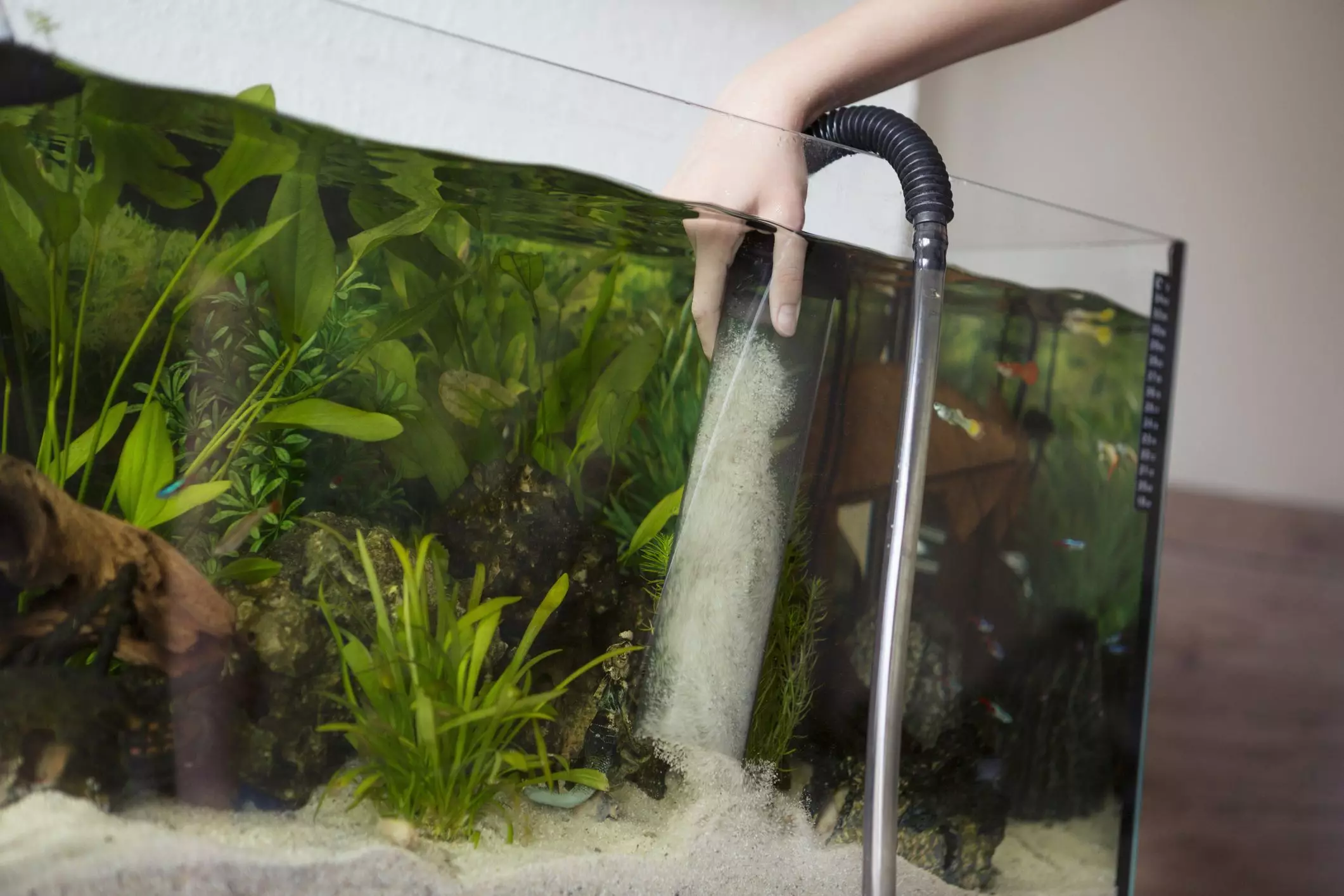Keeping a home aquarium lush and vibrant requires careful attention to various aspects of its ecosystem. One critical component often overlooked is the substrate, particularly when it involves sandy materials. While the serenity of a beautifully landscaped aquarium captivates many, the significance of maintaining clean sand cannot be overstated. In this article, we will explore why cleaning sand is crucial for your aquarium’s health and outline effective methods to accomplish this task.
The substrate in your aquarium serves as more than just a decorative element; it plays a vital role in fostering a healthy environment for your fish and invertebrates. Unlike other substrates, sandy materials possess unique properties that can complicate maintenance routines. Although aquarists may prefer the pristine appearance of white or tan sand, it’s common for the sand to develop a discolored appearance over time. This change often results from algae growth, water quality, or organic matter accumulation. Contrary to popular belief, such discoloration can be an indication of an established and balanced ecosystem.
Fish and invertebrates can assist in maintaining substrate cleanliness through natural behaviors; many species sift through the sand, helping to aerate it. However, these actions alone may not suffice, particularly if your tank lacks sufficient scavengers or if the substrate has been allowed to compact. Compaction occurs when sand particles settle and no longer facilitate water movement or gas exchange. This condition leads to anaerobic zones where harmful bacteria can thrive, posing a severe risk to the health of your aquarium inhabitants.
Recognizing the signs of compaction is vital for any aquarium owner. When the sand appears overly crusty or hard, it is likely that oxygen does not reach the lower layers effectively. In the absence of oxygen, anaerobic bacteria proliferate, utilizing sulfur instead. The most alarming consequence of unaddressed compaction arises when these pockets are disturbed, releasing toxic gases like hydrogen sulfide—a compound synonymous with rotting eggs—that can subsequently devastate aquatic life.
To avoid this scenario, incorporating regular cleaning into your aquarium maintenance routine is imperative. While striving for a visually appealing substrate may seem tempting, the underlying goal should prioritize oxygenation and ecosystem balance. Thus, maintaining sand quality necessitates periodic and thorough cleaning processes.
Tools and Techniques for Sand Cleaning
Cleaning sandy substrates efficiently requires the right tools and methodology. While a gravel siphon is often recommended for gravel, it can work its magic on sand as well. For optimal results, choose a wider siphon that minimizes the risk of sucking up the lighter sand particles. The goal during cleaning is not only to remove visible debris but also to restore the circulation of water within the substrate, promoting a healthier environment.
The following steps outline the most effective method for cleaning aquarium sand:
1. Prepare the Tank: Remove any decorations or rocks where debris may be trapped, making it easier to access all areas of the sand bed.
2. Set Up the Siphon: Connect the siphon to a collection bucket positioned below the aquarium. Ensure the siphon is filled with water and ready to start the process.
3. Start Siphoning: Insert the wide end of the siphon into the sand bed, allowing it to dig about one-third to halfway down into the substrate. Gently pull the siphon upwards, allowing sand to sift back down naturally.
4. Create a Grid Pattern: Shift the siphon over by one width-length and repeat the process, gradually covering the entirety of the sands in your aquarium.
5. Monitor Waste Collection: Keep an eye on the bucket to prevent overflow and ensure you can adequately check the health of the removed debris.
6. Utilize Waste Water: Recycle the siphoned waste water to rinse your filter media, maximizing the benefits of your cleaning effort.
While utilizing tank inhabitants like shrimp or certain fish species to aid in sand maintenance can be beneficial, it should not replace your routine cleaning regimen. Routine cleaning at intervals, such as monthly, will help ensure a thriving aquatic environment.
As an aquarium owner, the responsibility of maintaining optimal conditions for your aquatic life is paramount. While cleaning and caring for sand may appear to be a laborious task, the rewards of a healthy, vibrant ecosystem far outweigh the inconveniences. Remember, the presence of some discoloration in your sand signifies a functioning environment; the key lies in regular maintenance to ensure a balanced and sustainable setup. Embrace the challenges of aquarium care with proactive measures, prioritizing the well-being of your aquatic inhabitants. In doing so, you will foster not only an aesthetic wonder but also a thriving aquatic community.

